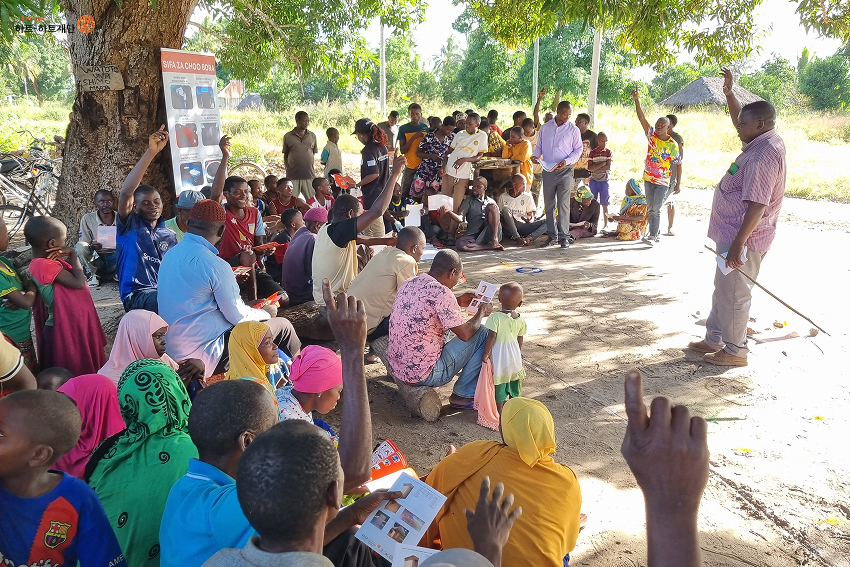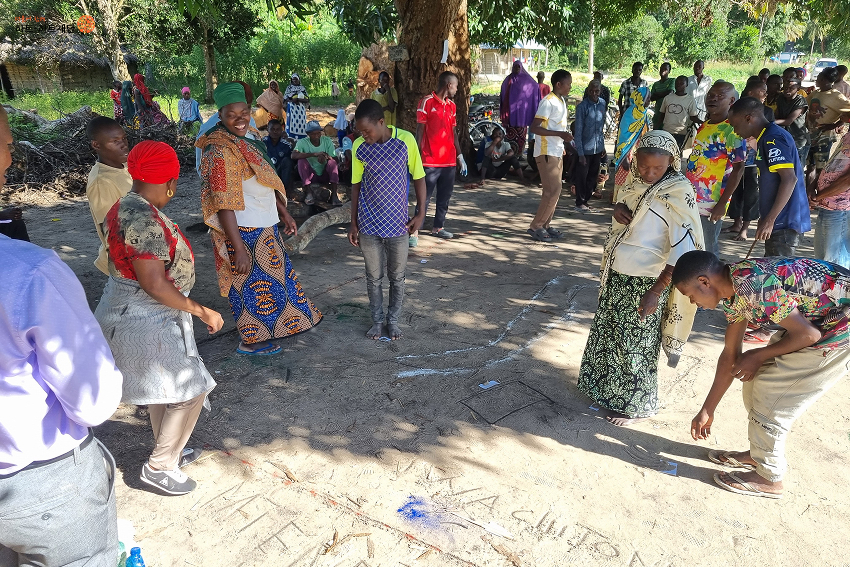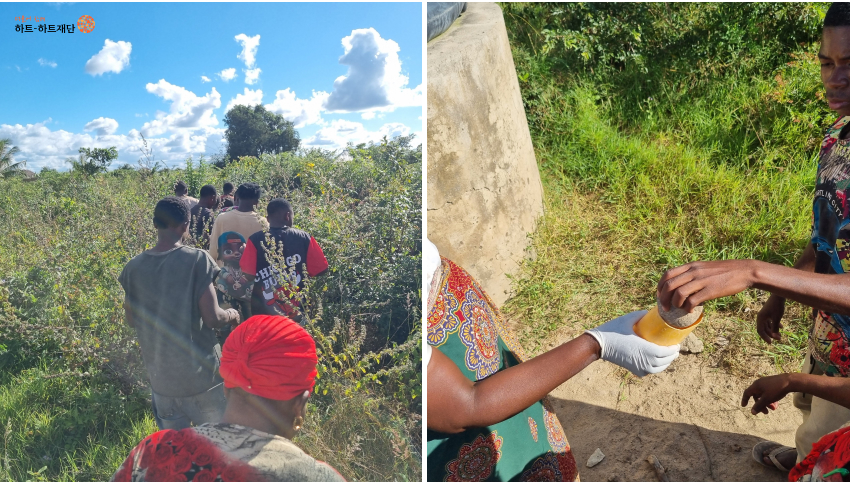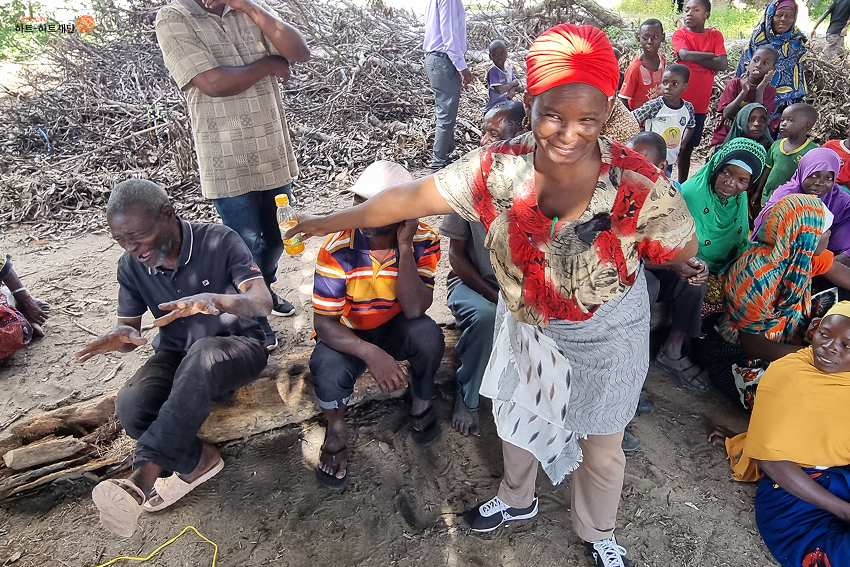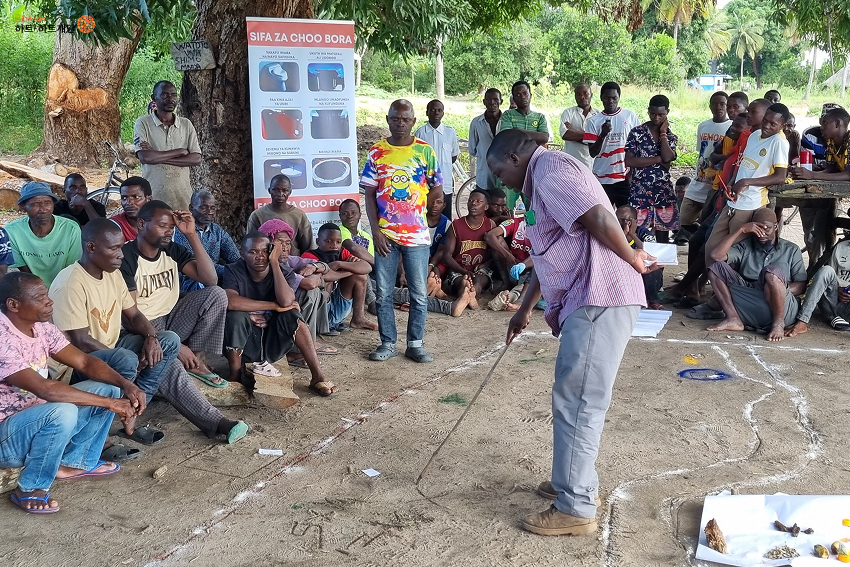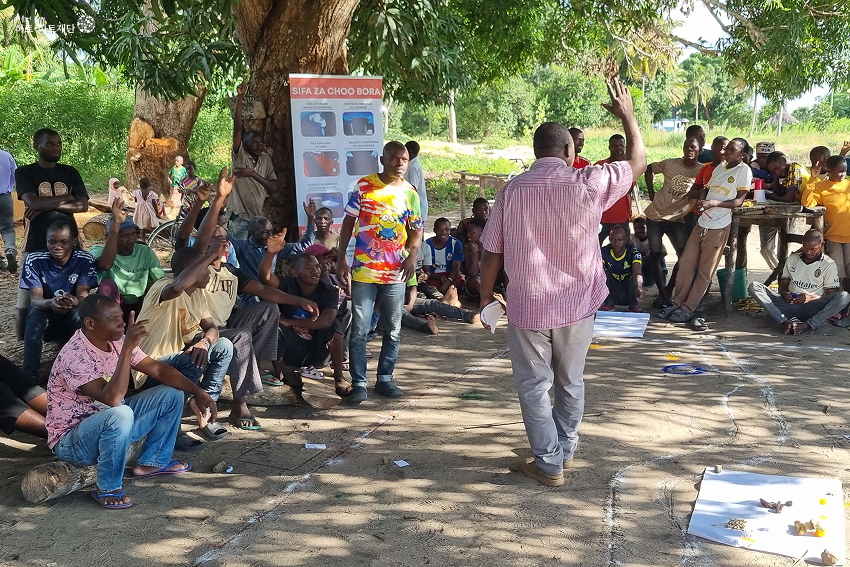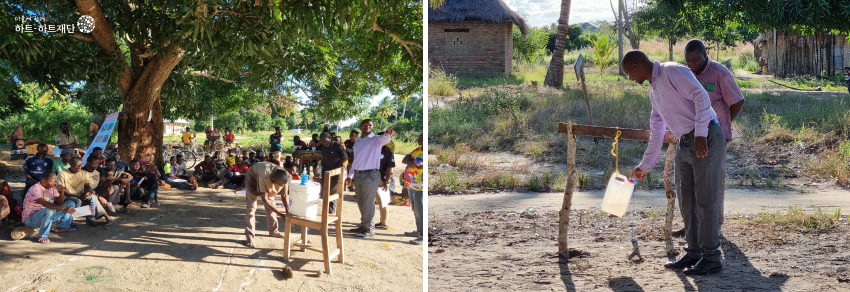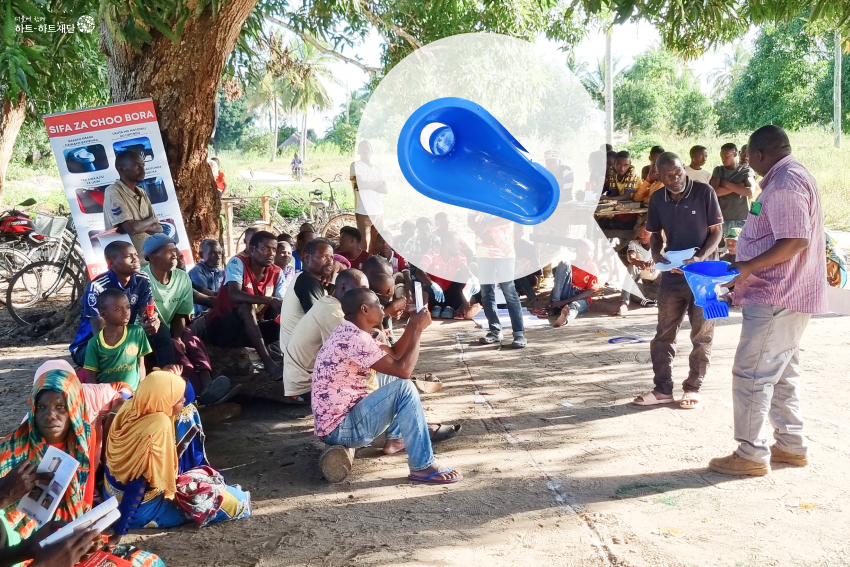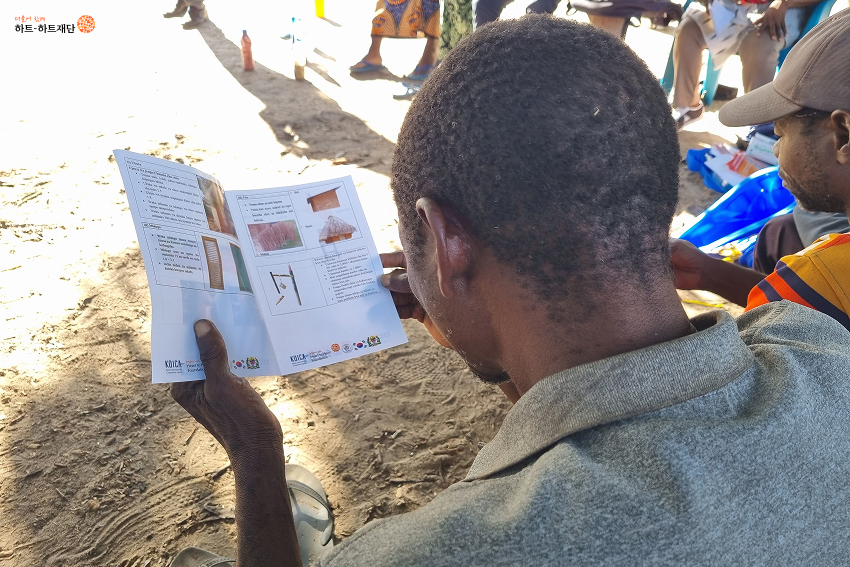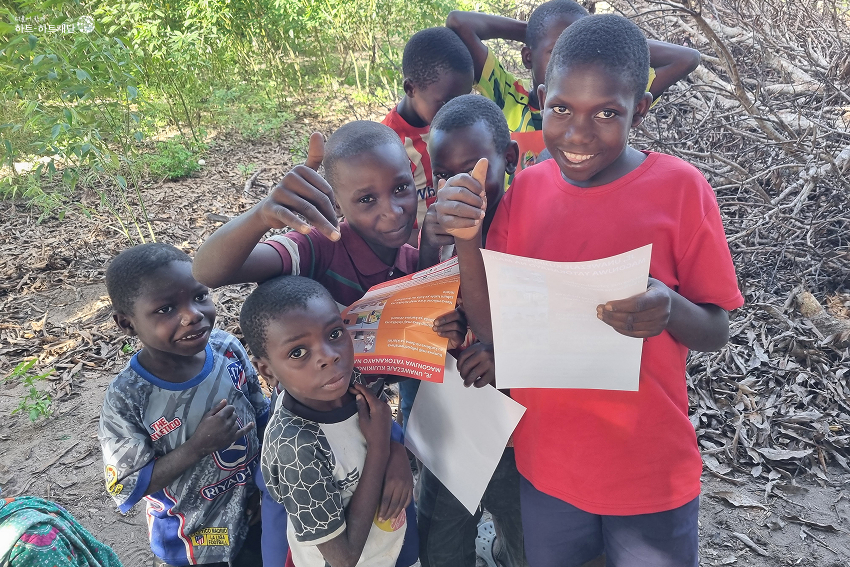Community-Led Total Sanitation (CLTS) Activities
In June 2025, Heart to Heart Foundation conducted a monitoring visit to Mtama District, Tanzania,
to assess the progress of the second year of its
"Community based comprehensive WASH Improvement Project in Mtama District, Tanzania (2024–2026)," supported by KOICA.
The project aims to improve the quality of life in Mtama,
where residents face waterborne diseases due to poor sanitation.
To address this, Heart to Heart Foundation has introduced the Community-Led Total Sanitation (CLTS) approach,
which empowers residents to recognize the importance of sanitation
and take collective action toward eliminating open defecation.
* What is CLTS?
CLTS is a participatory, community-based approach that encourages residents to identify sanitation issues
and work together to achieve Open Defecation Free (ODF) status.
During the recent field visit, we observed the Triggering Session, the core activity of CLTS.
This session guides the community to reflect on their sanitation practices and motivates them to change.
Led by trained local health workers, the session included the following steps:
Village Sanitation Mapping: marking which households have toilets
1) Village Sanitation Mapping
Residents drew a map of their village, marking homes with and without toilets and identifying open defecation spots.
This visual activity helps highlight the scale of the issue.
Finding actual open defecation sites
2) Transect Walk
Participants walked through the village to observe areas used for open defecation
and picked up waste to bring back for group discussion, helping everyone clearly understand the problem.
Facilitator offering a “contaminated” drink to demonstrate health risks
3) Defecation Flow Demonstration
Facilitators placed waste brought by villagers near food and drinks to show how flies can land on waste
and then spread germs to what people eat and drink.
This helped clearly show the risk of contamination.
They also offered a "drink mixed with waste" as a dramatic example,
helping people realize that waste can end up in their water and affect their health.
This powerful demonstration helped the community understand
how unsafe open defecation is and encouraged them to stop the practice.
Calculating the total amount of shit in the village
4) Calculation of Total Shit
Residents calculated the total amount of shit generated by the community per day, month, and year,
realizing its severe impact on their environment and health.
Estimating treatment costs for waterborne diseases caused by open defecation
5) Calculation of Medical Expenses
They also estimated the cost of treating waterborne diseases caused by poor sanitation,
understanding that building a toilet is more economical and sustainable in the long run.
Handwashing Education session
6) Handwashing Education
Residents learned proper handwashing techniques and the critical times to wash hands to prevent disease.
Introducing the SATO pan (a hygienic toilet pan with a gravity-sealing lid) sold at the sanitation market
7) Introduction to the Sanitation Market
Residents were introduced to the sanitation market and shown products that can help them build simple,
sustainable toilets and handwashing stations using materials that are easy to find locally.
* What is a sanitation market?
It is a local marketplace where people can buy affordable and accessible sanitation products and materials.
Villagers and children studying materials on how to build toilets and handwashing stations
Through these steps, Mtama residents became more aware of the health and financial importance of proper sanitation.
Equipped with knowledge and access to sanitation markets, they are now going to take action to build toilets and improve hygiene.
Heart to Heart Foundation will continue supporting these community-led efforts,
helping the people of Mtama build healthier, cleaner, and more sustainable villages.
Please join us in encouraging and supporting this meaningful journey of transformation!




